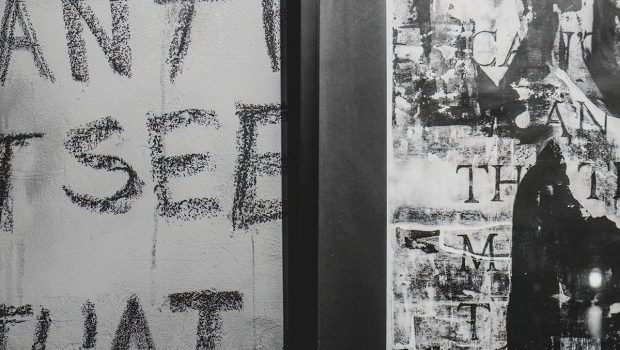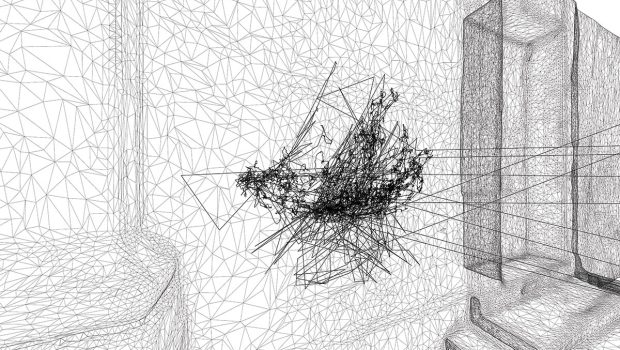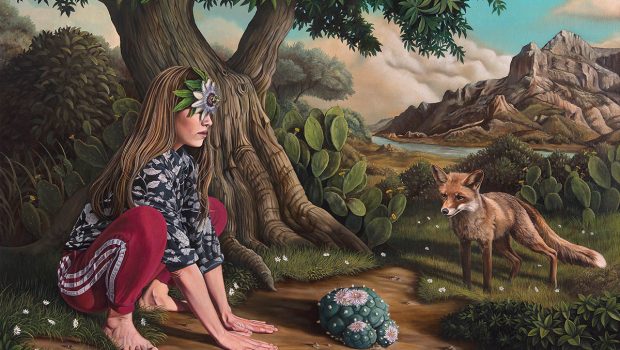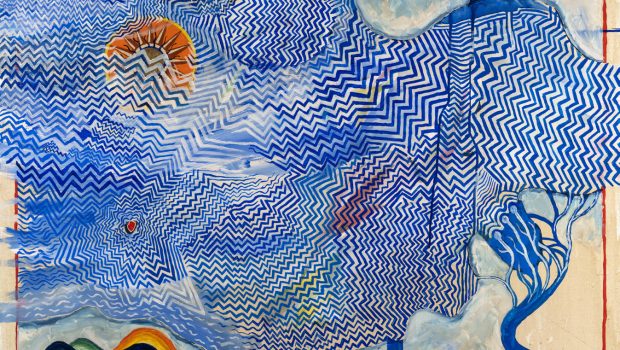Providing a more dynamic environment
We speak to the recently appointed Minister responsible for the Arts and Local Government, Dr José A Herrera, about his portfolio and the direction in which he would like to take it
Artpaper: You were responsible for Culture back in 2013 – 2015. Is the return a welcome one, and what would you like to focus your attention on now that you are back within the cultural sector? Are there any significant changes you would like to make during your tenure?
Minister Herrera: The return is definitely a welcome one. In 2013/2015, today’s hugely expanded Arts Council Malta was known as the Malta Council for Culture and the Arts. It was small in status, structure and with very limited funds and resources. Now, there is a legal structure in place as per Act 15 of 2015 and amended by Legal Notice 75 of 2017, approved by the Maltese Parliament. In the coming period, we aim to strengthen the foundations created by Arts Council’s declared strategic commitment in 2015: Strategy2020 which is now coming to a close. It is important to mention that 2020 will see the launch of a fresh five-year National Cultural Policy that will focus on well-being, sustainability of the sector including the continuous development of cultural governance. This policy document will serve ACM as a seminal platform on which we’ll be designing our next strategic plan for 2021 through to 2025.
The Arts and National Heritage are for the first time a main element within a Ministry and not added to another wide ranging and demanding portfolio.
Artpaper: The portfolio was previously called ‘Culture’ and has now been renamed ‘the Arts’. What is the symbolism of this name-change, and how does it affect how you approach the sector?
Minister Herrera: To date the term ‘Culture’ has been used as an overarching reference to the creative and cultural sectors which include the arts and heritage amongst others. Thus, we should not put a lot of symbolic weight on this name-change since it will not affect our responsibility towards the sectors. In this scenario, one needs to emphasise more the fact that the Arts and National Heritage are for the first time a main element within a Ministry and not added to another wide ranging and demanding portfolio.
Artpaper: Arts Council Malta has been working on the new Cultural Strategy, with public consultations and in-depth research. Could you tell us something about what the new Cultural Strategy will contain, and which direction you would like to see the creative sector going in the next five years?
Minister Herrera: Presently, ACM is still implementing Strategy2020 and undergoing preparations for the new strategy 2021-2025. While we speak, a call for tenders is open for interested parties to submit their bids towards the evaluation and consultation processes for the development of the upcoming strategy. However, as from now we envisage that strategic focus areas such as community and diversity, education and internationalisation will remain key in the coming years. Other strategic elements will include innovation, audience development, strengthening of cross-sectoral relationships with other Ministries including Education, Foreign Affairs, Tourism and Gozo. ACM’s international representations will be given their due importance so as to connect the arts sector with the Maltese diaspora. Also, ACM is expected to continue its work in tandem with the eleven Public Cultural Organisations (PCOs) and initiatives including Festivals Malta, KorMalta, Malta Philharmonic Orchestra, Mediterranean Conference Centre, MICAS, Spazju Kreattiv, Pjazza Teatru Rjal, Teatru Malta Teatru Manoel, Valletta Cultural Agency and ŻfinMalta that fall within its remit.
The Maltese language has now become part of this Ministry’s portfolio and immediate action needs to be planned and carried out to safeguard the use of the language. Special focus will be put on the digital presence of our national language, providing a more dynamic environment where it can continue to evolve in terms of its use.
Artpaper: What are your priorities in the visual arts sector in particular in the coming months and years? Are there any lacunae in particular which you would like to address?
Minister Herrera: The Malta International Contemporary Art Space (MICAS) is a priority to strengthen Malta’s cultural infrastructure by providing a platform for contemporary art and internationalisation. This is scheduled to open in 2022, and will become a showcase for local contemporary artists and also will continue to engage with international institutions to present ground-breaking works by acclaimed artists from all over the world.
All funds managed by Arts Council Malta are open to visual arts projects including the Malta Arts Fund with the Project Support and Research Strands, the Cultural Export Fund, the Creative Communities Fund and other multi-annual investments such as the Creative Industries Platform and the Investment for Cultural Organisations Programme. Once again, ACM together with the Valletta Cultural Agency will also be supporting Valletta-based contemporary art galleries including BLITZ and Valletta Contemporary.
Malta will participate once again in the prestigious international art exhibition at the Venice Biennale in 2021 whereby over 600,000 visitors experience the Malta Pavillion and are introduced to Malta’s foremost contemporary artists. For the first time, Malta is planning to participate also in the London Design Biennale in 2022.
Artpaper: Internationalisation has been a priority for the cultural sector for some time now. Do you see this as important to the sector’s success, and how do you intend to support it?
Minister Herrera :Yes, it is definitely important to the sector. Internationalisation means connecting Malta and the cultural sector to the rest of the world. This is highly important for Maltese artists to develop their international networks and audiences thus becoming more sustainable on various levels. Through ACM, Malta will continue to strengthen its international cultural relations and diplomacy together with the Ministry of Foreign Affairs, Maltese Embassies across the globe and international platforms and networks such as IFACCA (International Federation of Arts Councils and Cultural Agencies), EUNIC (European Union National Institutes for Culture), IETM – International network for contemporary performing arts and Salzburg Global Forum.
The Ministry will pursue its support towards bringing internationally acclaimed artists through their respective calendars, programmes and festivals presented by Public Cultural Organisations and various NGOs supported by Arts Council Malta. The Maltese audience has already and will continue to benefit and enjoy the participation of international artists through events and festivals such as the International Spring Orchestra Festival, the Kinemastik Short Film Festival, the Malta International Arts Festival, the Malta Jazz Festival, the Mediterranean Literature Festival, the Three Palaces, and the Valletta Baroque Festival.









